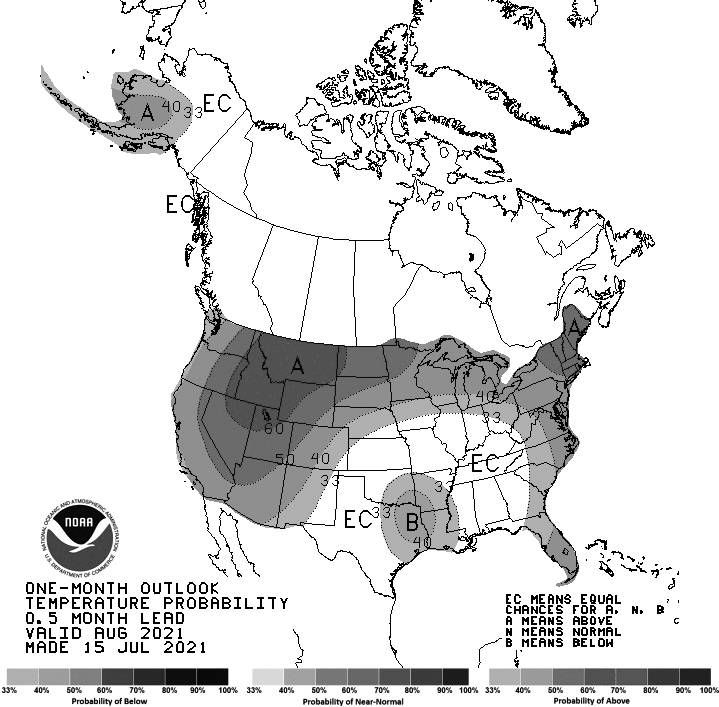The recent heatwave killed four people in Kitsap County, and weather experts predict we could see more record temperatures in the future.
Karin Bumbaco, the assistant state climatologist, said heatwaves during the day, and particularly an increase in nighttime temperatures, are something we should expect to see as part of a warming climate.
The Office of the Washington State Climatologist completed a study a decade ago, and it found that nighttime temperatures in the state were trending higher. For the study, an increase in temperatures was defined as three consecutive days above the 99th percentile for temperature, Bumbaco said.
The faster rise in minimum temperatures is something being seen nationally, Bumbaco said. The trend can be attributed to climate change — more specifically to an increase of water vapor in the atmosphere, which keeps the earth’s temperature higher.
At the time the study was completed, they did not see a trend in increased daytime temperatures. The study, however, did not include record heat temperatures from 2015 or 2018. Bumbaco said her office is actively updating the research.
Seeing these trends occurring over the past few years, county officials are planning how to be better prepared in emergency situations.
Elizabeth Klute, director of Kitsap County’s Department of Emergency Management, said they were more prepared for the excessive heat this year after experiencing a heatwave last summer.
The county was able to quickly plan for cooling centers to serve the public during the day. Yet, the hours they were open ultimately didn’t provide relief for people dealing with high nighttime temperatures. This is something county officials are planning to change.
“None of us knew in the beginning that these heat ranges were going to continue throughout the night, which we found out as it was rolling out,” Klute said.
Klute said she and the department will plan for their severe weather shelters to stay open overnight during future heatwaves. And she said they may expand the definition of what a severe weather event entails and revise protocols for when to trigger an overnight activation.
Facilities currently serving as cold-weather shelters do not all have air conditioning. Both Klute and Doug Washburn, director of Kitsap County Human Services, said the county will be working with different providers to identify which ones have air conditioning and can accommodate people overnight.
Washburn said he feels the county is able to handle heat-related concerns thanks to funding given during times of emergency from the state and federal levels, and the plethora of volunteers the county usually sees in emergencies.
“We always have to be adaptive in emergency planning and emergency management,” Klute said.
Heat-related illness is a potential danger to all, but particularly the elderly, young children and those with certain pre-existing health conditions.
Dr. Peter Barkett is an internal medicine physician at the Kaiser Permanente Silverdale clinic. During the excessive heat, Barkett saw an increase in patient volume for those who were dehydrated or suffering from other heat-related concerns.
Since heatwaves have not been a common occurrence for Western Washington, Barkett said more education is needed to keep people safe in the heat.
Agencies around the county will need to make changes to address this new emergency concern. Washburn said there are guidelines and policies set by the state aging and long-term care division for how facilities will care for residents in times of inclement weather. Washburn said there hasn’t been a policy written for what to do in excessive heat, but there will be now.
Washburn said officials were keeping a close eye on those who could be more at risk for heat-related illness — individuals living in aging or long-term care facilities. For those whose family members or friends are living in such facilities, there is the long-term care ombudsman program where people can seek assistance and advocacy for their loved ones, Washburn said. Facilitators can visit people there and help to ensure they are receiving a proper level of care.
While it’s hard to predict what the rest of this summer will look like, the National Weather Service Climate Prediction Center released its one-month outlook on July 15, as well as a three-month outlook, predicting that there is a higher chance of warmer than normal temperatures for the state.
“The potential is there that it could happen again in the future,” Klute said. “We can’t read the future, but we can predict the future based on the past.”



